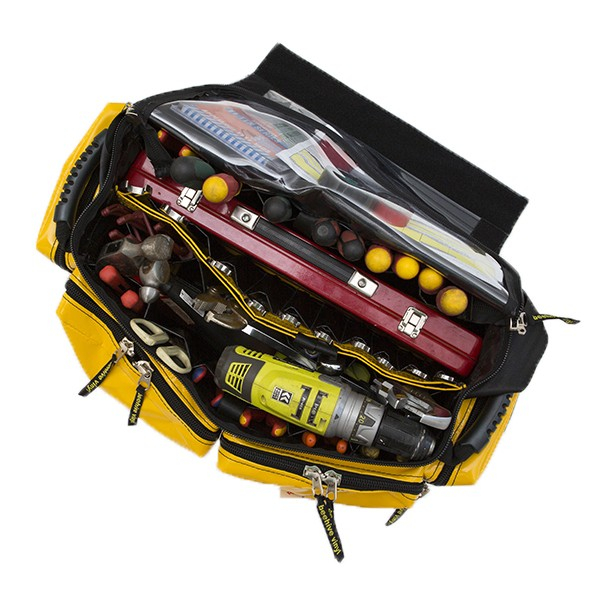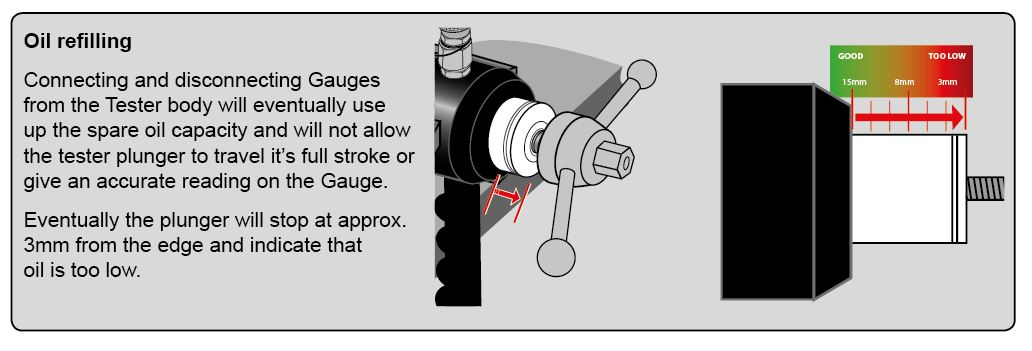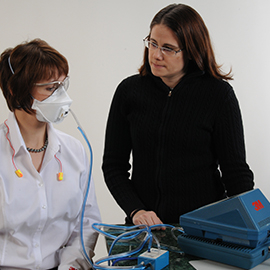 Your Beehive Vinyl Tool bag is designed and manufactured to last in tough site conditions; however, to achieve a long life expectancy and safe usage of your bag and to avoid voiding your warranty, the following care & maintenance instructions must be followed:
Your Beehive Vinyl Tool bag is designed and manufactured to last in tough site conditions; however, to achieve a long life expectancy and safe usage of your bag and to avoid voiding your warranty, the following care & maintenance instructions must be followed:
Only use warm soapy water to clean your tool bag - do not use acids, alkaline, bleach or harsh detergents.PVC Bags - Most soiling can be removed with warm soapy water and several clear water rinses. We recommend the use of “simple green” all purpose non toxic cleaner (available at most hardware stores) to clean most marks off the PVC. If necessary, for stubborn marks, a 1:10 dilution of household bleach containing 5.25% Sodium Hypochlorite will not harm the fabric. Moderate scrubbing with a medium bristle will help loosen the soiling agent from the depressions of embossed surfaces. Powdered abrasives, steel wool and industrial strength cleaners are not recommended, as they will dull the surface gloss. Dry cleaning fluids and lacquer solvents attack the surface, and should not be used. Canvas bags - Canvas requires regular cleaning and re-proofing every twelve months to maintain appearance and prolong useful life. Canvas has low resistance to applied heat, so avoid cleaning implements and methods likely to damage the fibres. You can clean regularly to remove dust or other solid particles by using clean water from a hose. For soiling, wash first with a mild solution of soap in luke warm water (38ºC max) and rinse thoroughly. DO NOT USE HARSH DETERGENTS. Stubborn soiling may require treatment with a 1:4 dilution of hydrochloride bleach (some whitening may occur though). Apply with a soft brush and rinse thoroughly & let dry.
Read More


 DBI Sala 3M service requirements in Australia
DBI Sala 3M service requirements in Australia



 3M Fall Protection has learned of the possibility of a manufacturing defect in a dorsal d-ring utilized in ExoFit NEX™ harnesses manufactured between January 2016 and December 2018. Although there have been no reported incidents involving this condition, a dorsal d-ring with this defect will not support the load in a fall arrest event which could result in serious injury or death. Harnesses manufactured only within this date range require immediate inspection for lot number 09P1 stamped into a dorsal d-ring. We believe that only one harness was manufactured with a defective D-ring, but we urge inspection of all potentially affected harnesses out of an abundance of caution in the interests of worker safety.
3M Fall Protection has learned of the possibility of a manufacturing defect in a dorsal d-ring utilized in ExoFit NEX™ harnesses manufactured between January 2016 and December 2018. Although there have been no reported incidents involving this condition, a dorsal d-ring with this defect will not support the load in a fall arrest event which could result in serious injury or death. Harnesses manufactured only within this date range require immediate inspection for lot number 09P1 stamped into a dorsal d-ring. We believe that only one harness was manufactured with a defective D-ring, but we urge inspection of all potentially affected harnesses out of an abundance of caution in the interests of worker safety. Importance Of Fit
Importance Of Fit